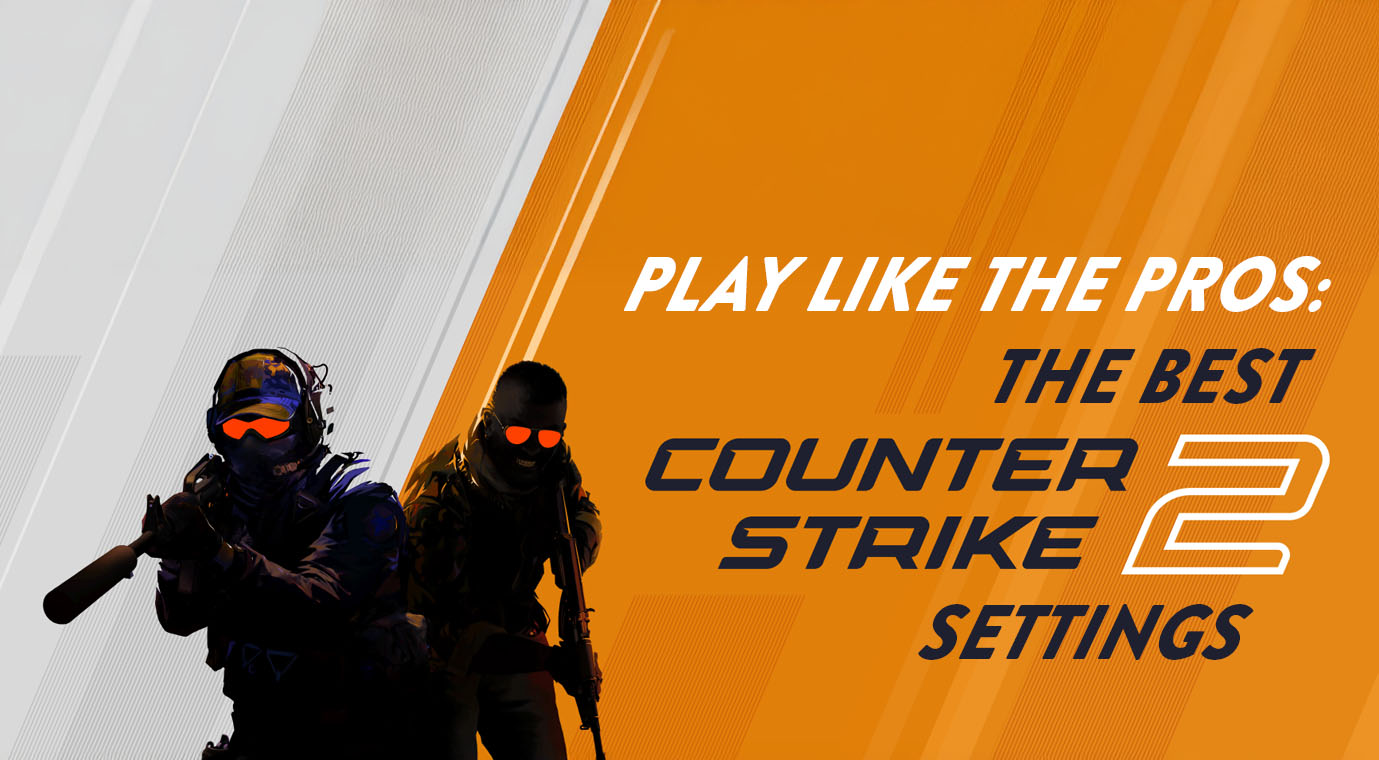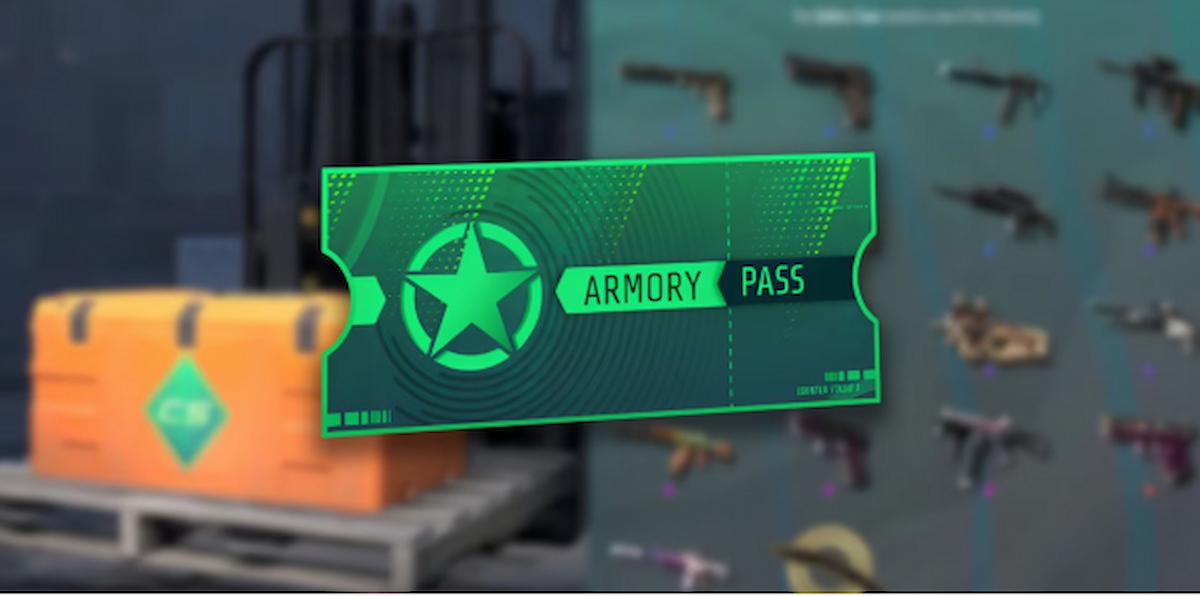Counter-Strike sure has come a long way since its early days as a free mod for Half-Life 2! In the last 25 years, it has transformed into an e-sports powerhouse with professional teams, sponsorships, global leagues, and millions of dollars in prize pools..
All those professional gamers get paid to refine their CS2 settings down to an art, but they don’t keep them secret. Proper settings can be the difference between a clutch headshot and losing the match, so it’s worth learning how the pros do it.
While we don’t have space to dig into every CS2 setting here, I’ll highlight the best settings to tweak so you can play like the pros. If you want to rank up your account quickly to match your newly optimized settings, you can also hire a CS2 booster to make your account look like it belongs to a pro.
What CS2 Settings Matter to the Pros?
All of them! I’m joking, but there are a lot of different areas that you need to consider. Mouse DPI and in-game sensitivity affect your aim, while framerates and resolution can change your reaction time. Even your graphics settings can be tweaked for improved frame rates.
We also can’t forget the hardware side of things. Esports pros use monitors with extremely high refresh rates, typically 240Hz or even 360Hz and above. This demands a high-end graphics card capable of rendering extremely high frame rates and a high-quality gaming mouse with a minimum 1000Hz polling rate.
Of course, most of us don’t have fancy sponsors with unlimited cash to bankroll our dream PC builds. Instead, we have to choose the best settings for the hardware we can afford. But that makes it all the more important to make sure you’re focused on the settings that make a difference!
CS2 Pro Settings Cheat Sheet
If you want to get back to the action as soon as possible, here’s a quick look at the most important CS2 settings used by the pros:
Video Settings
| Resolution | 1280 x 960 (or lower) |
| Refresh Rate | 240Hz or higher |
| Display Mode | Fullscreen |
| Wait for Vertical Sync | Disabled |
| Ambient Occlusion | Disabled |
| Dynamic Shadows | All |
| Boost Player Contrast | Enabled |
| Model Quality | Low |
| Texture Quality | Low |
| Global Shadow Quality | Low |
| NVIDIA Reflex | Enabled (+ Boost if you have frames to spare) |
Keyboard/Mouse Settings
| Mouse Sensitivity | 1-3 (user preference) |
| Mouse Hardware DPI | 400-1000 (user preference) |
| Calculated eDPI (Sensitivity * DPI) | 700-1200 (user preference) |
| Keyboard ‘Snap Tap’ | Disabled |
Optimizing Your CS2 Graphics Settings
Refresh Rates
Competitive esports have driven the demand for increased monitor refresh rates, so you’ll need a monitor that supports at least 240Hz for serious competition. However, if you don’t want to go full esports pro, select a model that supports 144Hz at minimum. Don’t even consider a standard 60Hz monitor for serious gaming!
Make sure that your GPU is capable of rendering enough frames to keep up with your monitor’s peak refresh rate.
Resolution Isn’t Everything
For most games, higher resolutions create better visuals, but that doesn’t matter in competitive CS2. CS2 pros play below 1080p resolution and focus more on high frame rates instead. 1280 x 960 is the most common resolution setting by far, but some players go even lower to 1024 x 768. It’s almost like going back to the days of the original CS mod!
Detailed Graphics Settings
Since CS2 pros care about frames more than quality visuals, most turn down various graphics settings. This squeezes every last frame from your PC to ensure your reactions are as fast as possible. You’re playing to win, not to admire the pretty smoke grenades!
Here are some of the most commonly adjusted CS2 settings and their recommended values:
- Display Mode: Fullscreen
- Wait for Vertical Sync: Disabled
- Ambient Occlusion: Disabled
- Dynamic Shadows: All
- Boost Player Contrast: Enabled
Most pros also play around with the Model Quality, Texture Quality, and Global Shadow Quality settings, but everyone has their own preference here. If you don’t care about visuals, you can set them to Low, but depending on your GPU and target refresh rate, you may prefer to set them to Medium or High.
NVIDIA Reflex
NVIDIA is the undeniable leader of the high-end graphics market, and the last 3 GPU generations all support NVIDIA Reflex for minimizing system latency. The tech behind it is pretty complex (and outside the scope of this article), but the simple version is that it helps lower your system latency.
If your GPU supports it, you should set this to Enabled. Some pros prefer to play with Enabled + Boost mode, but it can cause a slight drop in FPS, so you should only use it when your rig renders more frames than you need.
The Best CS2 Settings for Aim and Movement
Once your graphics settings are dialed in, you need to adjust your mouse settings for the most precise aim.
Mouse Sensitivity and eDPI
Modern gaming mice have multiple hardware DPI settings, making it tricky to compare real-world mouse sensitivity using only CS2’s in-game setting. As a result, the ‘eDPI’ metric was created to make comparisons easier and keep your sensitivity consistent between games. eDPI is simply your mouse hardware DPI setting multiplied by your in-game setting.
Most pros play with an eDPI setting between 700 and 1200, although some outliers use extremely low or extremely high settings. A lot of this comes down to personal preference, so you’ll have to spend a bit of time locking down your ideal sensitivity. Custom maps designed for aim training can be a big help here!
Crosshair Styles
There is a lot of variety among CS2 pros about what crosshair settings to use, so it’s best to find a style that works best for you. The only setting that is widely shared among pros is using a static crosshair instead of a dynamic one that reacts to recoil.
A Note About Keyboard Snap Tap
Most CS2 setting tweaks focus on graphics and mouse adjustments, but keyboard manufacturers want to get in on the action. Known as ‘Snap Tap’ from Razer or ‘Snappy Tappy’ from Wooting, this tech automates the process of counter-strafing. Unfortunately, Valve decided to ban this new keyboard tech shortly after its release.
Make sure you disable these features before joining an online match, or you may get disconnected by VAC. Reports suggest that Valve is not banning accounts using these hardware-based movement tricks, but that may change in the future. Of course, if you run into trouble, you can always find a new CS2 account for sale to escape an unfair VAC ban.
A Final Word About Your Settings
It’s important to remember that even if you have the best CS2 settings, your best advantage is still plenty of practice. Optimizing your settings is crucial, but it can only guarantee that your settings aren’t holding you back – you still have to go out there and win your matches. You might want to test your new settings in some of the custom aim-training maps in the Steam Workshop and make adjustments before diving into your next match. Good luck!



